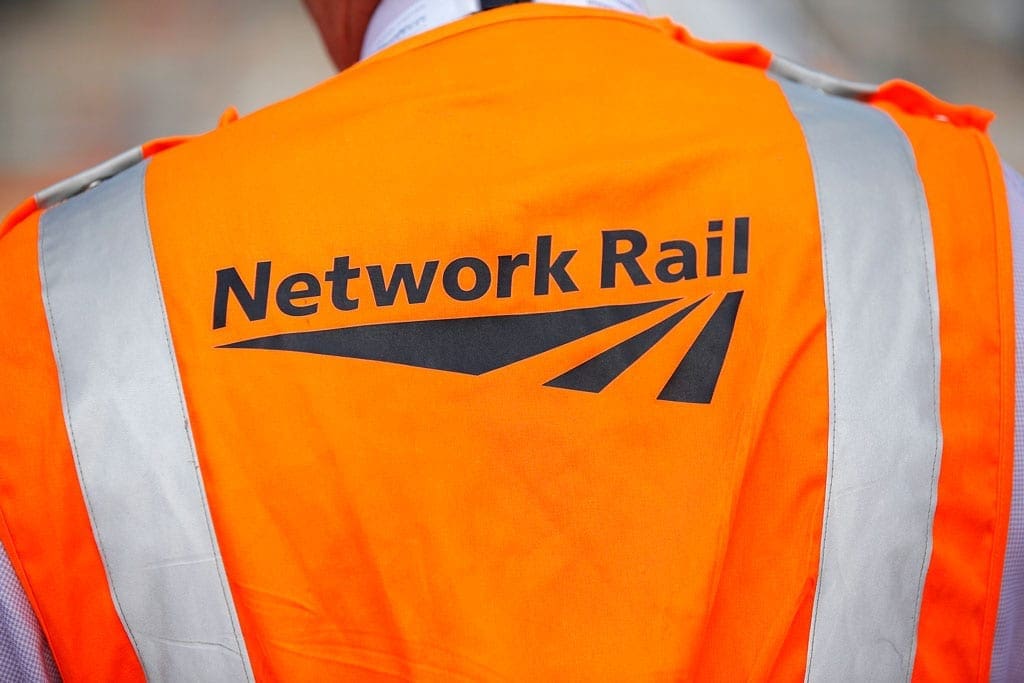
Network Rail has been fined £10,000 for allowing trains to travel at more than 100mph over a storm-damaged viaduct on the West Coast Main Line.
The Government-owned transport body responsible for Britain’s rail infrastructure was handed the punishment at Lanark Sheriff Court on November 18, rail regulator the Office of Rail and Road (ORR) said.
- Transport Secretary urges people to consider avoiding Christmas travel
- Warning over ‘critical’ shortage of skilled railway workers
- Free rail travel for domestic abuse survivors extended
Lamington Viaduct – which carries trains travelling between Carlisle and Glasgow across the River Clyde in South Lanarkshire – was badly damaged by severe storms in late 2015.
Network Rail allowed several trains to use the crossing before it was closed for seven weeks for major repairs to its foundations.
The organisation was prosecuted by Scotland’s Crown Office and Procurator Fiscal Service following an ORR investigation.
A report by the Rail Accident Investigation Branch published in November 2016 outlined major flaws in Network Rail’s bridge-monitoring and safety assessment programme.
HM Chief Inspector of Railways Ian Prosser said: “We welcome this outcome by the Crown Office.
“Our investigation revealed that Network Rail staff were unaware that they held safety critical duties under Network Rail’s processes to manage infrastructure during extreme weather.
“The viaduct was on Network Rail’s list of high risk structures vulnerable to being washed away by moving water, yet despite this being a known issue, severe damage went unrecognised because Network Rail failed to implement its own procedures which would have meant no passenger trains should have passed over the viaduct.
“This verdict should be a reminder to Network Rail, as it progresses plans led by its two new task forces, that it must continue to acknowledge and act to guard against the serious impact of severe weather on infrastructure.”
In August, Network Rail launched task forces to consider the impact of heavy rainfall on the railway and the management of cuttings and embankments.
This came after three people died in the Stonehaven rail crash, when a train hit a pile of washed-out rocks and gravel before derailing.
A Network Rail spokesman said: “We fell short of the standards expected of us in our response at Lamington and we immediately made significant changes to our management of scour risks in Scotland as a result of this incident.
“We invest heavily each year in projects designed to minimise the impact of river flow on vulnerable structures and we have also deployed telemetry equipment at high-risk bridges to help improve early identification of potential issues.
“We are determined to better understand how our weather can affect our railway and have launched two task forces, led by independent experts, as part of our long-term response to climate change.”


